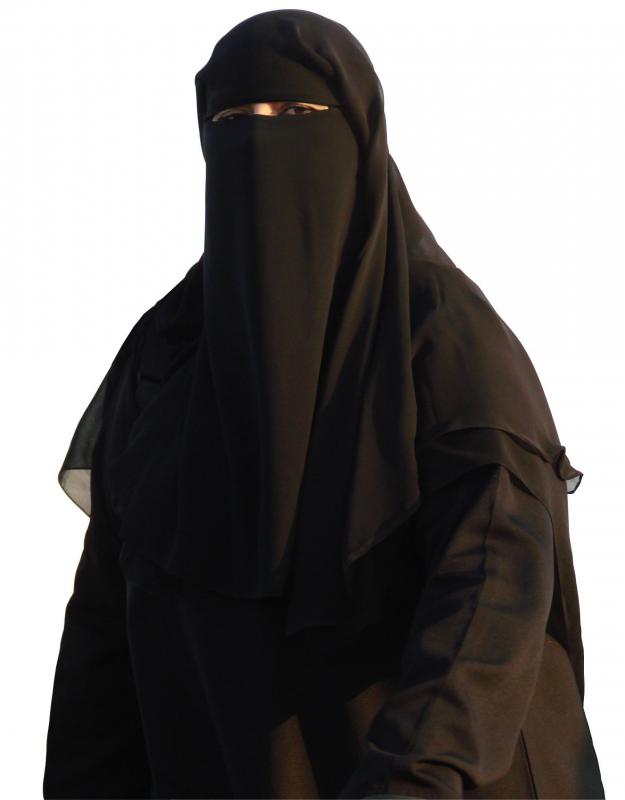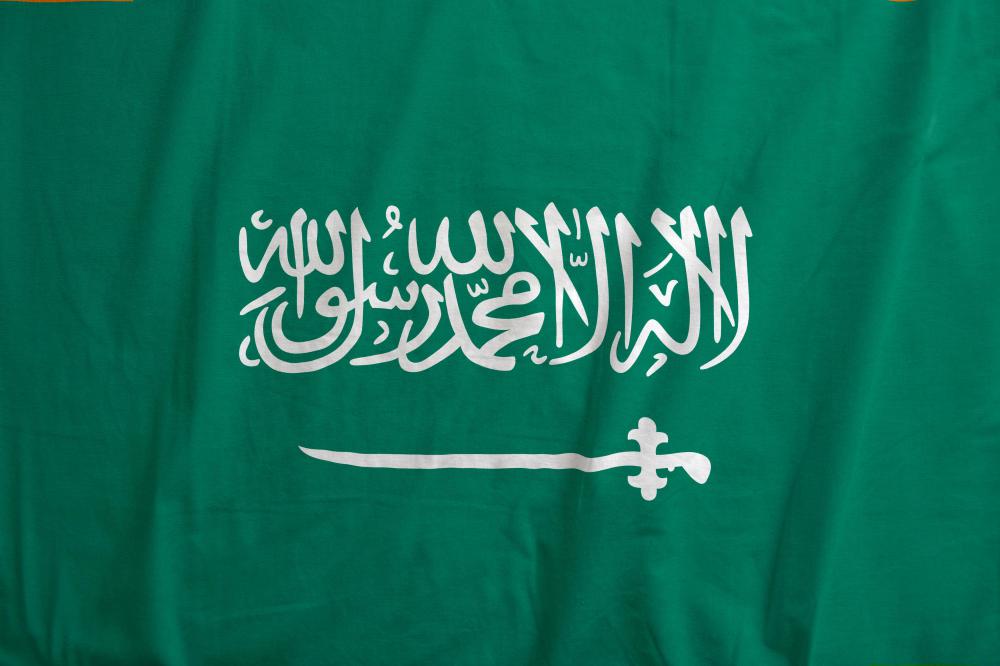At WiseGEEK, we're committed to delivering accurate, trustworthy information. Our expert-authored content is rigorously fact-checked and sourced from credible authorities. Discover how we uphold the highest standards in providing you with reliable knowledge.
What Is an Arabic Niqab?
A niqab is a facial covering that some Muslim women use to cover their faces. It is usually accompanied by a garment such as a hijab, which covers all the body apart from the face and hands. Arabic niqab simply refers to the region where the niqab is most commmonly worn, for example, in countries such as Saudi Arabia. The Arabic niqab is controversial in many Muslim countries, where Islamic scholars disagree as to whether it is religiously necessary, and it is also controversial in Western countries, where the debate over the niqab stems from questions about whether it is acceptable in the context of women's human rights.
The Islamic religion, depending on the country or type of Islam, lays down codes of conduct for Muslim people. Most religious authorities in Islam state that, for women, full coverage of the body, excluding the face and hands, is necessary to abide by the rules of Islam. This full coverage is generally called hijab.

Arabic niqab, on the other hand, may or may not be mandated, depending on which Islamic authority the woman follows. The Arabic niqab is a veil of material that a woman wears over her face. The hijab covers her hair, and the niqab covers her face from the nose downward, so only her eyes show.
One argument for the wearing of the veil, apart from religious interpretations of Islamic law, is that women who wear it are being more modest than those who don't. Even if the niqab is not strictly necessary for the woman to abide by Islamic law in her area, the wearing of the veil can be a sign of piety and devoutness to her religion. Burkas are different garments to niqabs and cover the whole face, with a semiopaque panel for the eyes to see through.

Niqabs, as symbols of devout Islamic followers, can be divisive in some Islamic societies. Syria, for example, banned teachers from wearing the niqab in 2010 and then reversed the ban in 2011. The reason for the ban was to bring teachers into line with a more secular approach to schooling in the country, but the reversal was then prompted by a strong conservative Islamic lobby.

As well as being controversial clothing in some Islamic countries, the Arabic niqab is a garment that can conflict with non-Islamic cultures in other countries. Safety considerations have been evoked as reasons to ban the garment, such as the veil interfering with adequate vision for driving. Identification issues are also debated as a woman wearing a niqab may not be identifiable in situations where a crime has occurred or where an authority requires identification for other reasons, such as university examinations.
Western cultures may also see the niqab as a problem when it comes to human rights for women as the veil and hijab are only required by Islamic law for women, whereas men do not have to abide by any such clothing rule. Integration can be another problem because the niqab signifies to other people that the woman wishes to remain within the rules of Islamic law, which may not be the culture of the country in general. In 2011, France even banned the wearing of the niqab in public places altogether, with a fine for women who break the new law.
AS FEATURED ON:
AS FEATURED ON:













Discuss this Article
Post your comments